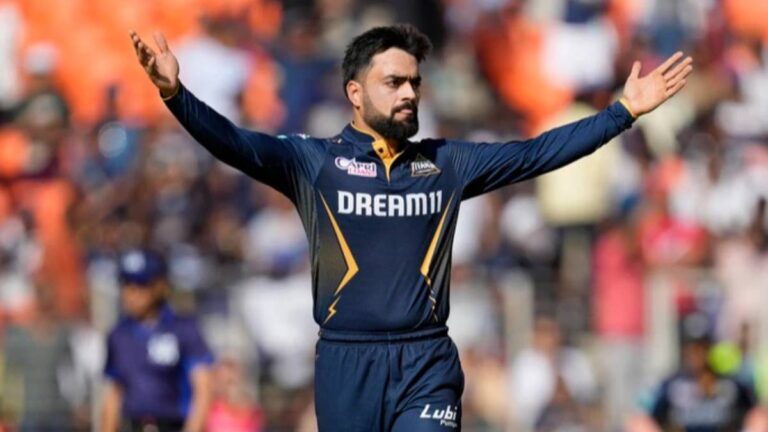The Last of Us Season 2: Why Viewership is Falling Despite Critical Acclaim
The Complex Journey of HBO’s The Last of Us: Ratings, Adaptation Challenges, and Fan Reactions
The first season of The Last of Us made waves across the television landscape upon its premiere in 2023, setting new ratings records for HBO. The adaptation of the acclaimed post-apocalyptic PlayStation game not only garnered critical acclaim but also saw significant audience engagement, making it the second-biggest series debut for the network since 2010. With its gripping narrative and well-crafted characters, the show built a strong fanbase quickly and maintained momentum over its initial episodes.
However, the much-anticipated second season has unveiled a somewhat different story. Although still a success, it hasn’t reached the highs of its predecessor. According to Nielsen ratings, the second season stumbled in audience engagement despite opening to initial excitement. While the premiere week showed an impressive 805 million minutes streamed, subsequent weeks displayed a declining trend:
- Week 1: 805 million minutes streamed
- Week 2: 937 million minutes streamed
- Week 3: 827 million minutes streamed
- Week 4: 738 million minutes streamed
- Week 5: 745 million minutes streamed
On average, season two has attracted 18 percent fewer viewers compared to the first five episodes of season one. Factors contributing to this downturn are varied and merit a deeper examination.
Adaptation Challenges: The Weight of Expectations
Typically, second seasons experience a decline in viewership; however, The Last of Us seemed poised for growth given its success and the two-year gap that allowed the show to attract new fans. With the second season promising exciting storylines, impressive trailers, and commendable marketing campaigns, many wondered why it hasn’t captivated a broader audience.
The second season’s narrative choices may have played a significant role. The plot took a drastic turn when beloved character Joel, portrayed by Pedro Pascal, was killed off in the second episode, triggering Ellie’s (Bella Ramsey) quest for revenge. While such bold story choices often generate discussion, they can also alienate fans especially when tied to beloved characters.
Critics have pointed to noticeable changes in character portrayal and development, contributing to discord among longtime fans. Despite these criticisms, The Last of Us season two has performed well in reviews—92 percent on Rotten Tomatoes, slightly lower than its predecessor’s 96 percent—but this has not sufficiently stemmed the decline in audience numbers.
The Influence of Narrative Resolution
Another pivotal aspect to consider is the story arc completion in the first season. The ending of season one wrapped up Joel and Ellie’s narrative in a satisfying manner, leaving minimal loose ends that could propel a second season’s storyline. The season concluded with a strong emotional tie, making it difficult for many viewers to engage with a continuation that centers around “But then, more bad stuff happened.”
The original The Last of Us game is structured as a self-contained story, which places additional pressure on the showrunners to maintain momentum while shifting the narrative beyond their initial triumph. This parallels the challenges faced by Game of Thrones, where the loss of beloved characters and unresolved threads led to viewer fatigue.
Fan Reactions: Loyalty and Division
Despite the ratings dip, it’s essential to recognize that the fanbase for The Last of Us remains largely passionate and engaged. The series continues to showcase its commitment to character development, moral complexities, and thought-provoking themes. However, points of contention persist:
- Some fans have expressed disappointment with the killing off of major characters early in the storyline.
- The portrayal of Ellie has garnered mixed reactions, some feeling that Ramsey’s performance has not lived up to expectations.
- The overall tone and direction of season two differ from the initial beloved storyline, leading to divisive feedback.
While these reactions may influence ratings, they also highlight the difficulties of adaptation, where each adjustment brings scrutiny and varying levels of success.
Looking Ahead: Future Seasons
Looking toward the future, HBO has confirmed a third season of The Last of Us, signaling confidence in the series’ potential. Even with the dipping ratings, the show remains a critical darling and continues to draw viewers who appreciate its storytelling approach. The ongoing evolution of character arcs, conflicts, and thematic explorations will likely provide fertile ground for more discussions as fan reactions and engagement continue to shape the series’ narrative landscape.
In conclusion, The Last of Us offers an intriguing case study in adaptation, audience expectations, and the complexities of storytelling. The audience reaction reflects broader themes surrounding sequels, character development, and the challenge of sustaining interest in narratives rooted in emotional profundity. The journey of this hit series is far from over, and as new episodes unfold, fans will be watching closely to see how these intricate dynamics play out.





